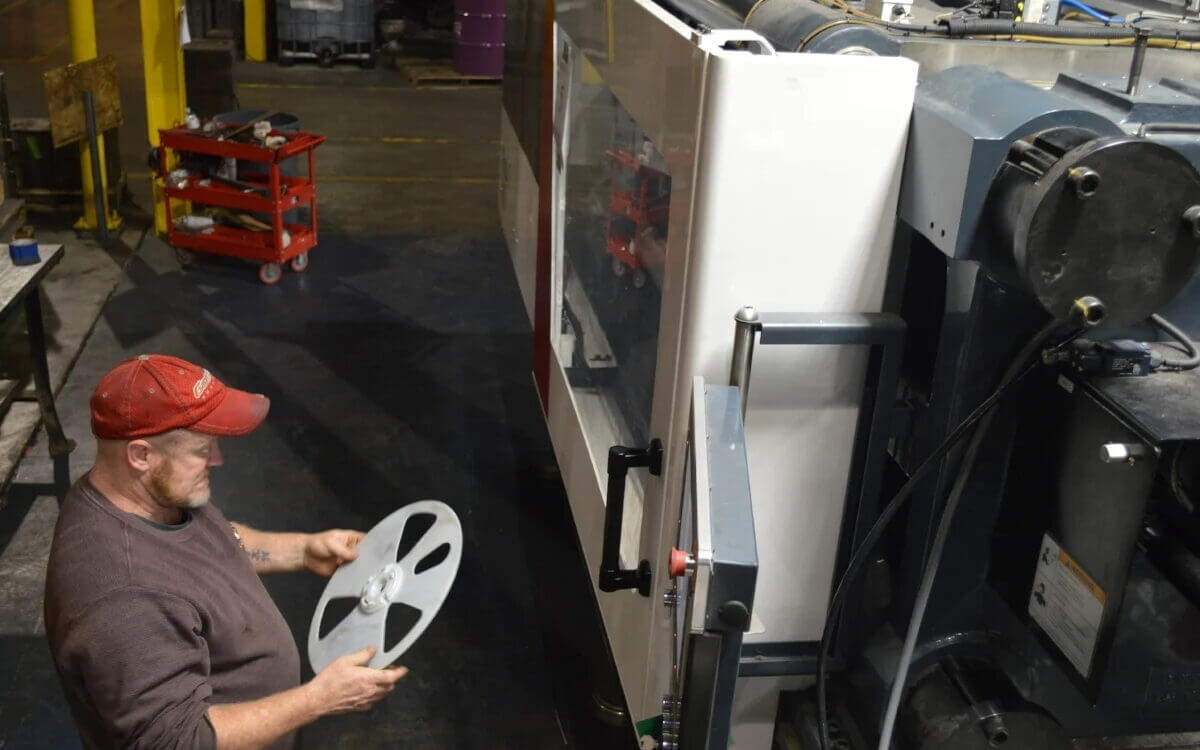Just because the part has been perfectly molded does not mean that the process has ended. Depending on the purpose and requirements, the part may still need to go through certain
finishing processes after the
injection molding is done.
Some of the finishing touches are purely for aesthetics, but the others could serve a specific purpose. Regardless of why it is done, the additional steps you have to do after the part has been molded should be put into consideration when computing for the price of the part.
Let’s run through the 4 basic steps in the plastics finishing process.
Degating
When plastics are molded, there are gates that allow the compound to pass through the mold cavities. This results in the presence of intrusions or protrusions made of plastic, which would have to be removed as part of the finishing process. The process of removing the gates from the molded part is called degating.
Deflashing
Once the gates have been removed, the deflashing process is now responsible for removing all the excess materials around the parts. These could be flash, excess compounds from the molding process, or any resin bleed. All these lead to imperfections in the way the part is molded, thus the need for them to be removed through deflashing.
Cleaning
Some leftover or excess material may still stick to the surface of the plastic, which could affect the outcome of the next step in the finishing process. Because of this, a thorough cleaning is done to make sure the surface is spotless.
Decorating
Depending on where and how the part will be used, some may require a little bit of decorating to be done. As mentioned earlier, this could be for purely aesthetic purpose, but this does not mean that this step is not important. Especially in cases where the part will be used somewhere visible, it is important to make it as presentable as possible.
In some cases, additional finishing touches may be added. Some of these steps may also be more complicated in some cases, and more straightforward in others. It all depends on the specific requirements for each part. The important thing here is to consider the costs that come with these finishing steps. This way, you can find ways to still meet your target price for the part without sacrificing these important elements.





